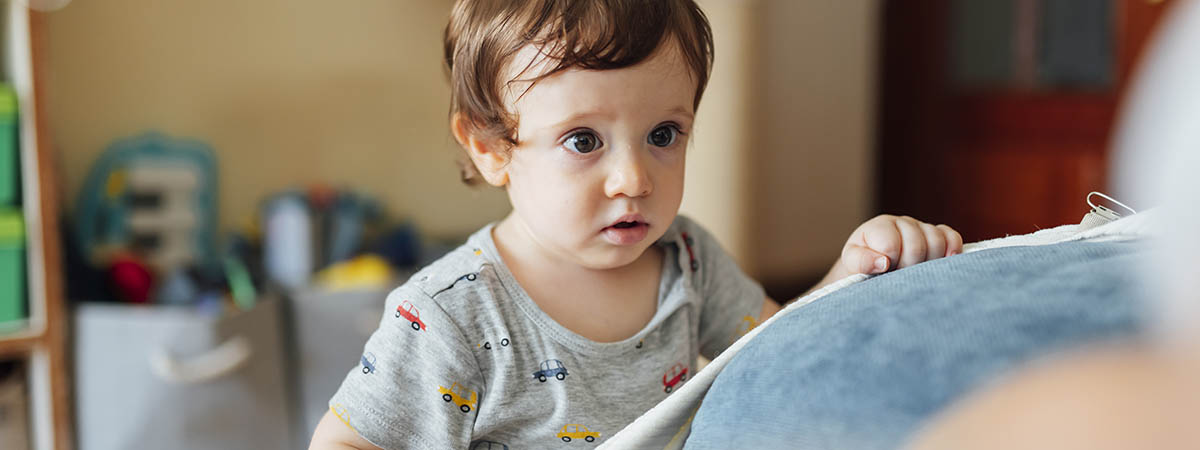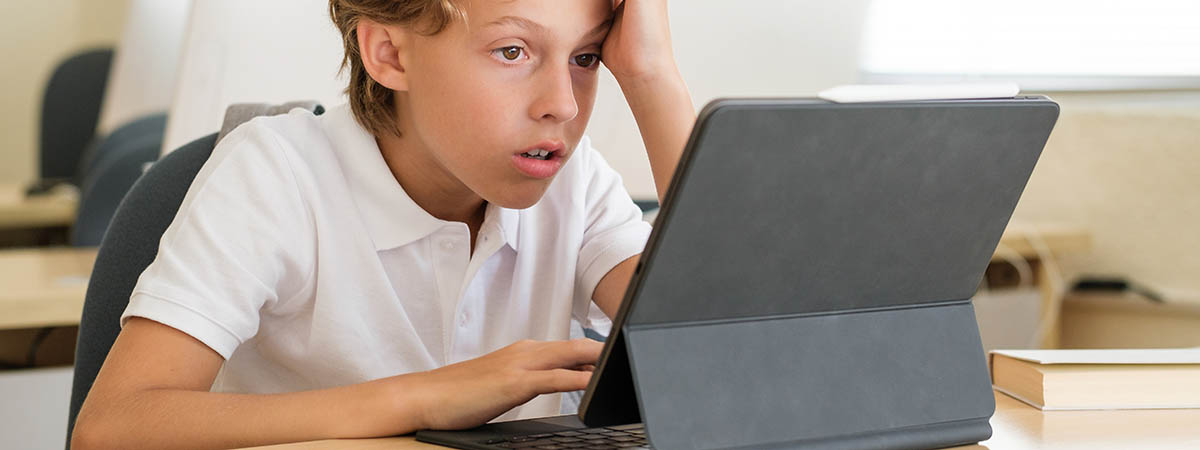By Dr. Christina Murray, O.D. — founder of Center for Better Learning in Coconut Creek, FL. Dr. Murray is originally from Columbus, Ohio, and is a proud graduate of The Ohio State University. She happily escaped the cold Ohio winters to attend optometry school at Nova Southeastern University. While in school, she discovered her passion for pediatrics and vision therapy. She is currently finishing up her board certification from the College of Optometrists in Vision Development.

From birth, we interact with our world through a network of sensory systems. Each system provides complementary information about the environment. The brain is responsible for sorting and merging information collected from all the senses. Here is an overview of the seven senses:
Auditory System: Auditory processing is the ability to interpret the sounds a person hears. Even with normal hearing, a child may have difficulty with auditory processing. The auditory system processes and organizes information, distinguishing between sounds, remembering what we hear, and developing language, communication, and literacy skills.
Olfactory System: The sense of smell connects with our oral sense, specifically providing scent or odor information. It helps us distinguish between scents, determine a harmful or safe scent, and a pleasing or displeasing aroma. Scents can also have the ability to alert or calm our bodies.
Gustatory System: Processing oral sensations allow us to interpret touch information from the skin inside and around the mouth and the tongue to process touch and taste. The oral sensory system provides information about texture, flavor, pressure, vibration, movement, temperature, and pain to distinguish between harmful and safe substances.
Tactile System: The sense of touch allows us to interpret information via the skin about pressure, vibration, movement, temperature, and pain. The tactile system is the foundation for the development of body awareness and motor planning.
Proprioception: Proprioception tells us where our body is in space. The receptors in our muscles tell us where our body parts are without looking at them.
Vestibular System: The vestibular system provides feedback relating to head position, movement, direction change, and balance. It detects motion and responds to gravity and allows us to coordinate our body with eye and head movements, develop and maintain normal muscle tone, coordinate both sides of the body together, maintain body postures, and adjust levels of alertness.
Visual System: Light travels through the eyes and into the brain's visual cortex to derive meaning to what we see. This includes details regarding color, depth perception, where the object is in space, the memory of the image, and context in the environment. The brain needs to interpret the image before you can make sense of what you're seeing. The interpretation process requires higher level of cognition discussed later on. Eighty to eighty-five percent of our perception, learning, cognition, and activities are mediated through vision.
There is a constant overload of sensory information presented at all times. The brain sorts through and organizes information for functional use and sends signals to the rest of the body to activate the appropriate motor, behavior, or emotional responses. For those with efficient sensory processing, these processes happen automatically, unconsciously, and nearly instantaneously.
Let's take a look at how each of our students uses their sensory systems in the classroom:
Student A:

This student exhibits efficient integration of their sensory systems. They simultaneously listen to the teacher, see what is written on the board, and sort through the information quickly to ensure they only report what is necessary. They get proper proprioceptive feedback to sit with good posture in their chair and apply the required pencil while writing. This student filters out the accessory sounds, sights, smells, allowing them to focus on learning.
Student B:

This student struggles to attend to only the important information presented. Their visual system is failing them, and therefore they depend on their auditory system to give them the information. They cannot efficiently sort through this information, forcing them to write down everything the teacher says. Poor proprioceptive feedback may cause them to apply too much pencil pressure, adding additional stress and fatigue to their hand while writing. The accessory sounds, sights, and smells are constantly being brought to their attention, making it difficult to focus on the lecture. The constant sensory overload fatigues their system.
The ability to gather sensory information sets the foundation for learning processes. Any deficits in this layer of development weaken the brain's ability to perform higher-level cognitive functions. Stay tuned to understand how sensory systems pave the way for motor development.
If you would like to make an investment that lifts lives, brightens futures and strengthens the community, consider helping us. Please use the donate buttons below to select a secure method of online payment through PayPal, which allows donations by debit or credit card (PayPal keeps a two percent transaction fee for each donation).